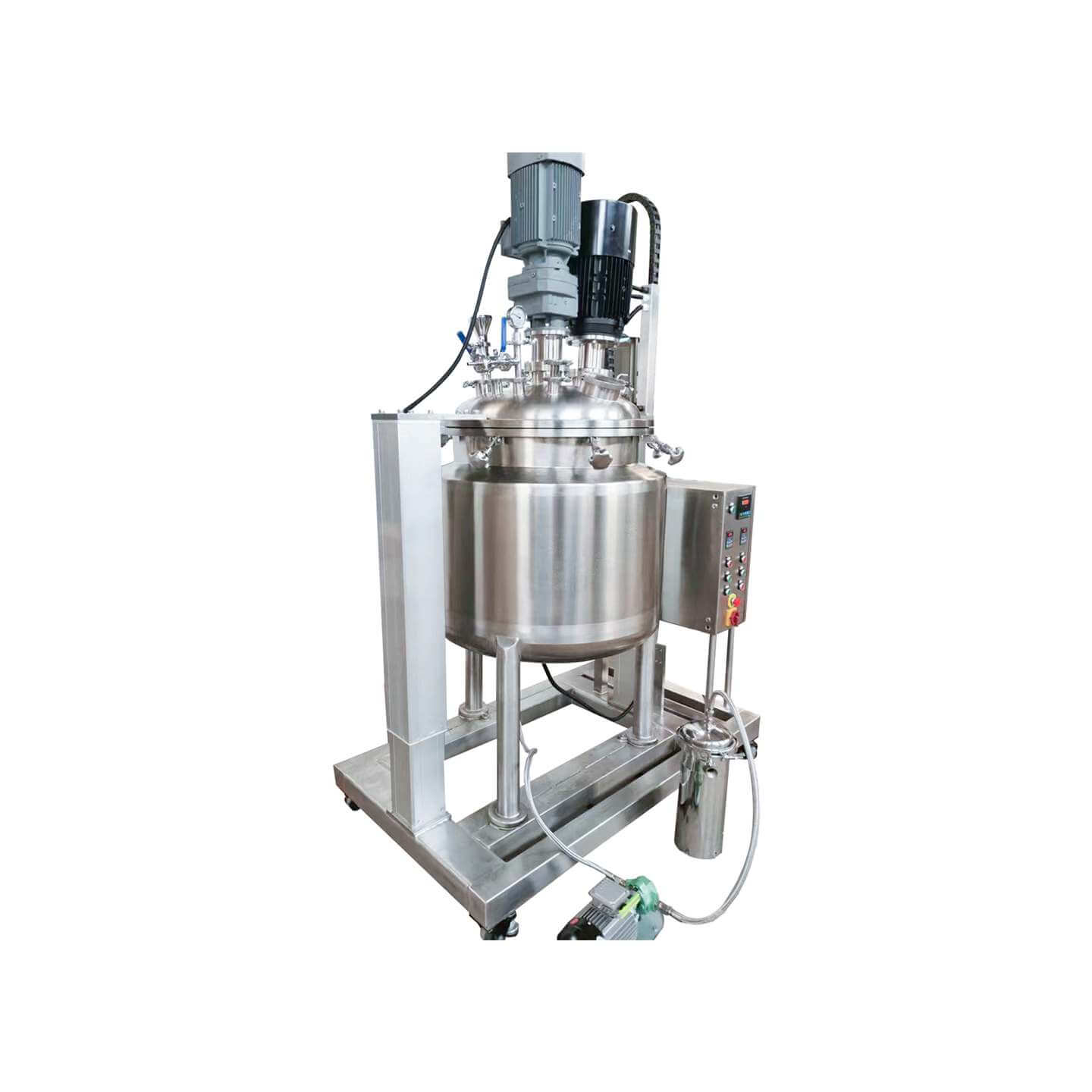

Laboratory Reactor
Laboratory reactor: used in the chemical industry, pesticide, paint, and other fields
Material
glass, stainless steel (316, 304), carbon steel, others
Capacity (L)
10-10000+
Mixing system
anchor, paddle, frame and others
Heating system
electric heating, oil heating and others
The laboratory reactor is small in size, beautiful in appearance, light, and fast in installation. It is composed of a pot body, pot cover, stirrer, jacket, support and transmission device, shaft sealing device, etc. The type of stirring device, rotation speed, sealing structure, heating method, etc. are produced.
Request a quoteAs important experimental equipment, laboratory reactors often encounter various failures during use. The most common problems, such as inaccurate temperature control, abnormal agitator, leakage problems, abnormal pressure, heating problems, control system failure, pipeline blockage, etc. Only after understanding the causes of these common failures can we be able to identify and solve such problems in time to ensure that the experiment can proceed smoothly.

Common faults and solutions of laboratory reactors
1.Inaccurate temperature control
Temperature control is one of the key functions of laboratory reactors. When the temperature control is inaccurate, it may affect the experimental results. The cause of this problem may be the damage to the temperature sensor of the laboratory reactor, the failure of the control system, etc. Solutions include regularly calibrating the temperature sensor, checking whether the control system is set correctly, or replacing damaged temperature control components.
2.The mixer is abnormal
The agitator is a key component for mixing reactants in the laboratory reactor. If the agitator is abnormal, it will affect the uniformity of the material reaction. The abnormality of the agitator may be caused by the failure of the stirring motor, the damage of the bearing, etc. The solution includes checking whether the motor connection is normal, replacing damaged bearings, and ensuring the normal operation of the agitator.
3.Leakage problem
The airtightness of laboratory reactors is crucial to the safety and effectiveness of chemical reactions, and if leakage occurs, it will cause danger to experimenters and equipment. Leakage problems may be caused by aging seals, loose connections, etc. The solution includes regularly replacing the sealing ring, checking whether the connection is tight, and ensuring the tightness of the laboratory reactor.
4.Abnormal pressure
Laboratory reactors need to withstand a certain pressure in some reactions, and when the pressure is abnormal, it may cause equipment damage or danger. Abnormal pressure may be caused by safety valve failure, pipeline blockage, and other reasons. The solution includes regularly checking the working status of the safety valve, cleaning the pipeline, and ensuring the normal pressure of the laboratory reactor.
5.Heating problem
The heating system is the core component in the reaction process of the laboratory reactor. If the heating is uneven or unstable, it will affect the progress of the reaction. Heating problems can be caused by a damaged heating element, power failure, etc. Solutions include checking the status of the heating elements, ensuring a stable power supply, and ensuring proper heating of the laboratory reactor.
6.Control system failure
The control system of the laboratory reactor is an important basis for the operation of the experiment. If the control system fails, it will affect the progress of the experiment. The failure of the control system may be caused by damage to the circuit board, wrong program settings, etc. The solution includes checking whether the circuit board connection is normal, resetting the control program, and ensuring the normal operation of the control system.
7.Pipeline blockage
Clogged lines can affect the flow and mixing of the reactants, resulting in uneven or impossible reactions. The blockage of the pipeline may be caused by impurities in the pipeline of the laboratory reactor, accumulation of solid reaction products, etc. The solution includes cleaning the pipeline regularly, filtering the reactant, and ensuring the smooth flow of the pipeline.
Corresponding solutions should be taken in time to ensure the safety and smooth progress of the experiment. At the same time, regular maintenance of equipment and rational use of equipment are also important means to prevent failures. Through scientific operation and maintenance, the role of the laboratory reactor can be better utilized to provide strong support for scientific research.




